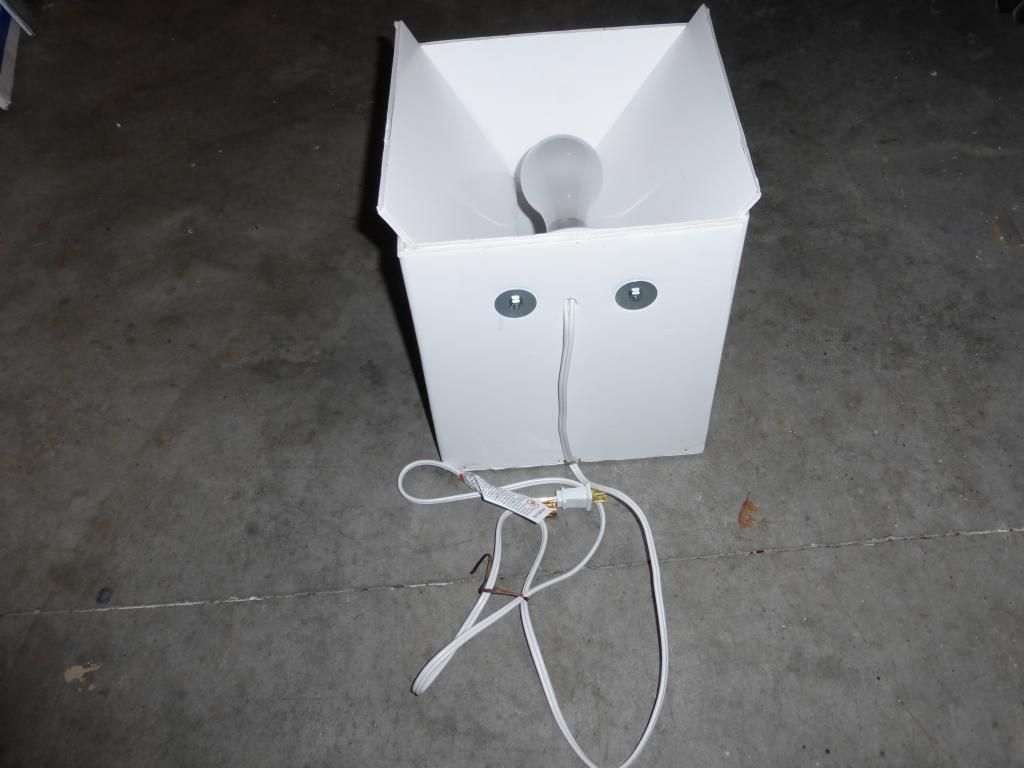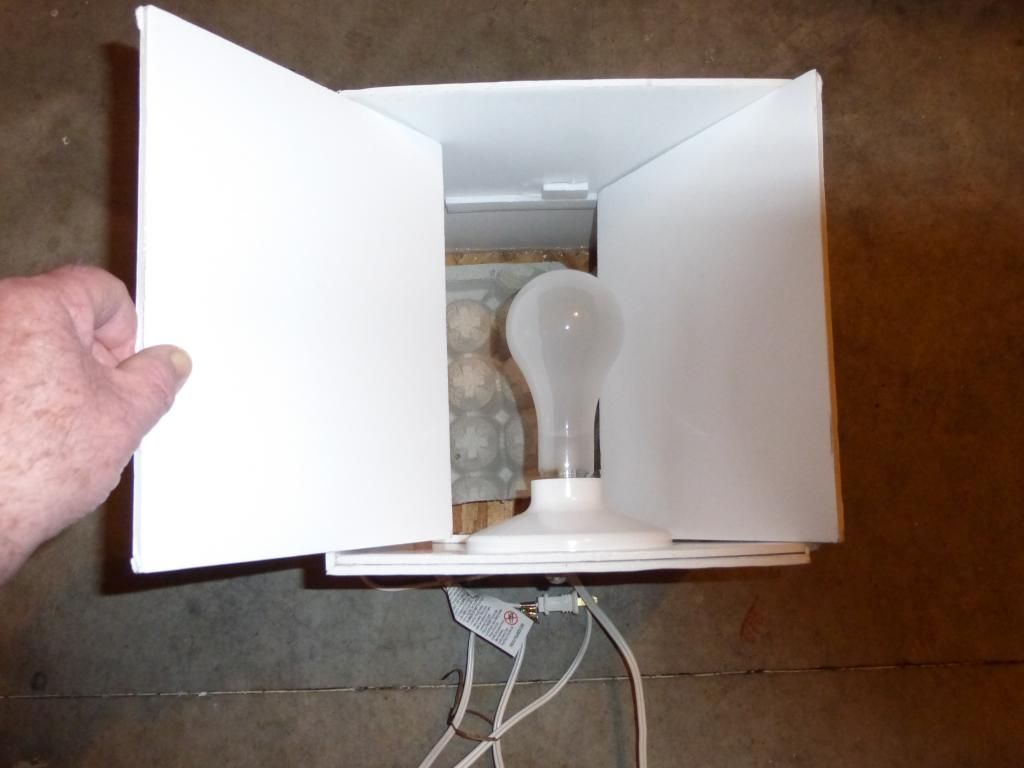Dug up my first successful Dorymyrmex insanus founding chambers today. Before today, I really had no idea what founding chambers look like, Drew's video clip from the desert helped a lot. I took some photos that will hopefully help others without much field experience.
My method today was to scan the ground about 5'-10' out (watch out for cars/bikes!) and look for where the ground has been disturbed/small dirt mounds. If you get closer and the mound has a hole, it's likely something else. Here are a few founding chambers that yielded a queen. There's a rule on my shovel if you look closely:

Here are two, one at the tip of the shovel and one at the handle/scoop interface:

Feeling confident? Here I took a photo from my perspective when I was scanning and something caught my eye which subsequently yielded an occupied founding chamber. Can you spot the chamber(s)?























